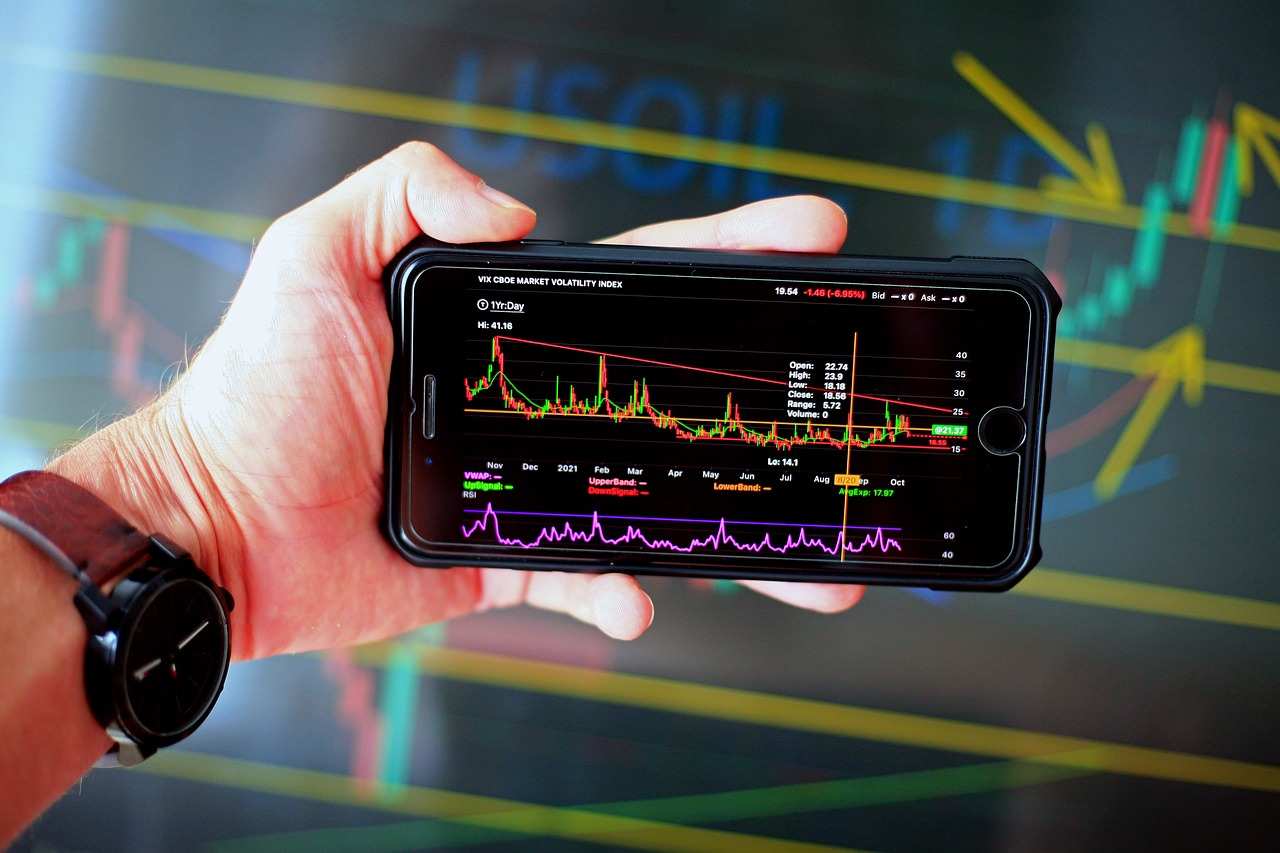The Evolution of Television: From Cable to OTT: All pannel.com, Lotus book 365, Laserbook247
all pannel.com, lotus book 365, laserbook247: Television has come a long way since its inception. Gone are the days of bulky antennas and limited programming. With the advent of cable television, viewers were able to access a wider range of channels and content. However, the evolution of television did not stop there. The rise of Over-the-Top (OTT) platforms has revolutionized the way we consume content, providing unprecedented flexibility and convenience.
The Cable Era: A Game-Changer in Television
Cable television was a game-changer in the television industry. It brought an array of channels into households, offering viewers a diverse range of content options. With cable, viewers could access specialized channels catering to specific interests, from sports to news to entertainment. The introduction of cable boxes allowed for greater control over what to watch and when to watch it.
The Emergence of Streaming Services
As technology advanced, streaming services began to gain traction. Platforms like Netflix, Hulu, and Amazon Prime Video emerged as leading players in the OTT space, offering viewers the ability to stream content on demand. From binge-watching entire seasons of shows to accessing a vast library of movies, streaming services revolutionized how viewers consumed television.
The Rise of OTT Platforms
OTT platforms have disrupted the traditional television landscape. With the proliferation of smart TVs, smartphones, and other connected devices, viewers can now access content anytime, anywhere. OTT platforms offer a wide range of content, from original series to popular movies, catering to diverse tastes and preferences. The convenience of streaming on multiple devices has made OTT platforms a popular choice for viewers seeking flexibility and variety in their viewing experience.
The Evolution Continues: From Cable to OTT
The evolution of television from cable to OTT marks a significant shift in how we consume content. While cable television offers a curated selection of channels, OTT platforms provide a personalized viewing experience tailored to individual preferences. With the rise of streaming services and the increasing popularity of OTT platforms, the future of television looks promising, with more options and flexibility for viewers.
FAQs
Q: What is the difference between cable television and OTT platforms?
A: Cable television offers a curated selection of channels accessed through a cable box, while OTT platforms provide on-demand streaming services accessible on various devices over the internet.
Q: Are OTT platforms more expensive than cable television?
A: The cost of OTT platforms varies depending on the service provider and subscription plan. Some OTT platforms may be more affordable than traditional cable television packages.
Q: Can I access live TV on OTT platforms?
A: Many OTT platforms offer live TV streaming services, allowing viewers to watch their favorite shows and events in real-time.
Q: Do I need a smart TV to access OTT platforms?
A: While a smart TV provides a seamless viewing experience, you can access OTT platforms on various devices, including smartphones, tablets, and streaming devices like Roku or Amazon Fire TV.
Q: Are there ads on OTT platforms?
A: Some OTT platforms offer ad-supported free tiers, while others provide ad-free subscription options for an additional cost.







